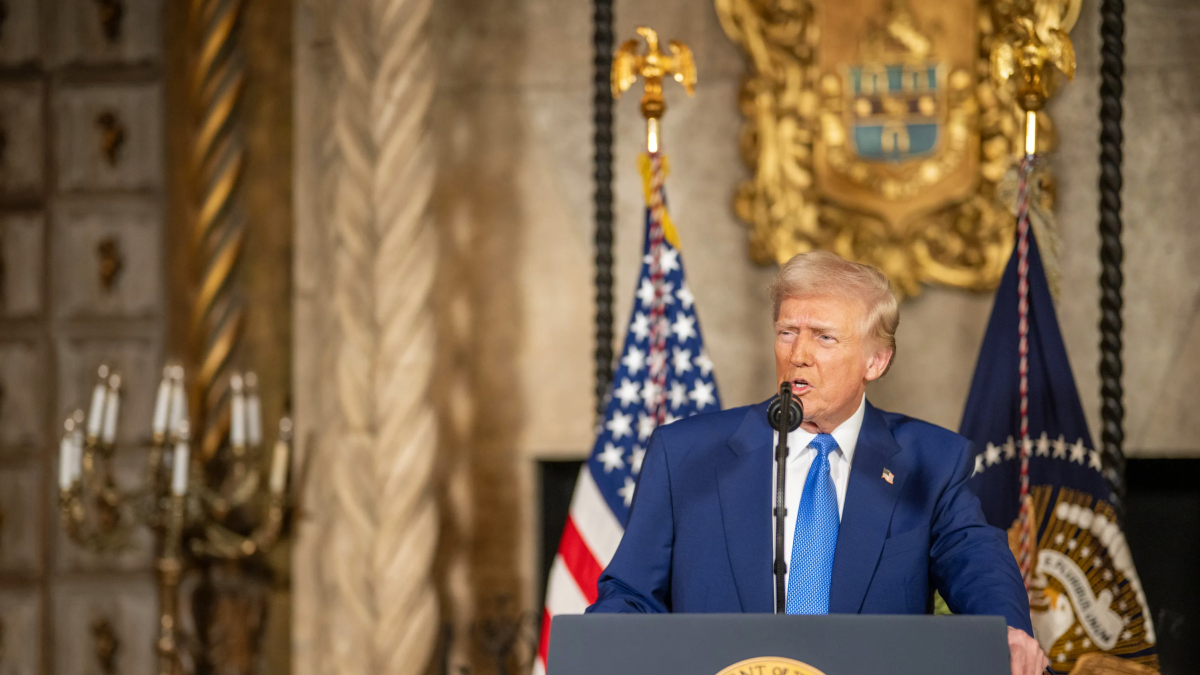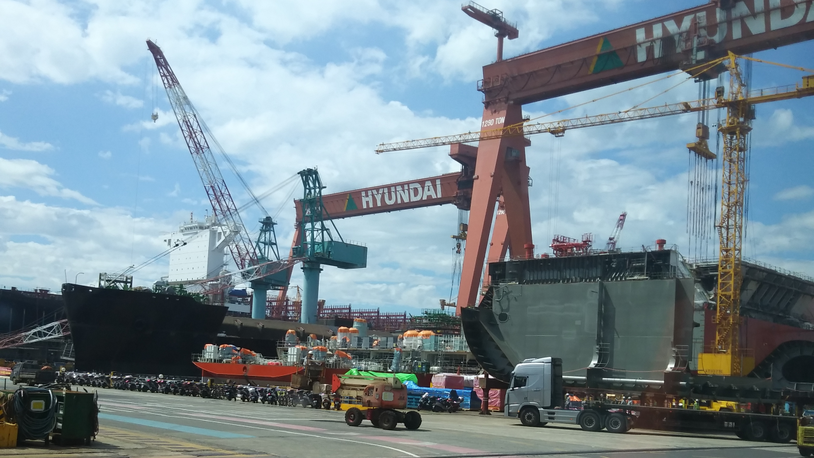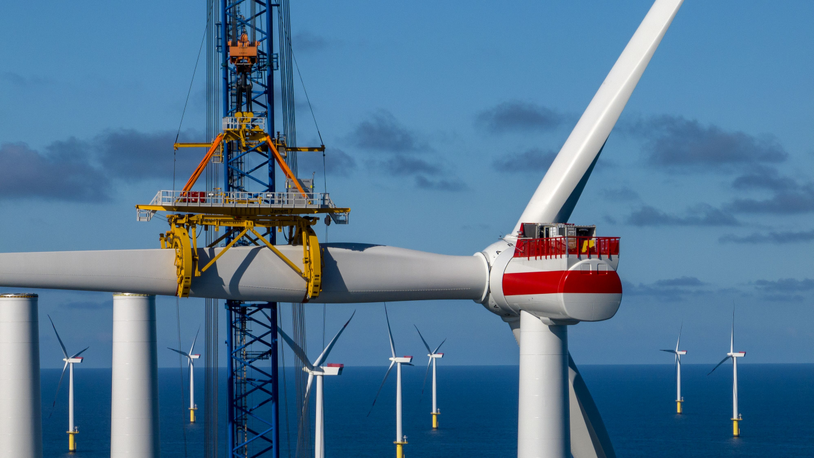Business Sectors
Contents
Register to read more articles.
Has the trade war peaked? Dry bulk market grapples with uncertainty
Whether or not the trade war has peaked following the latest deal between the US and China, will significantly shape the trajectory of the dry bulk market in 2025, as the first half of the year draws to an uneventful close
BRS Shipbrokers head of dry bulk research Wilson Wirawan told Riviera that since 2020, the spread between first-half and second-half dry freight rates has fluctuated widely, largely due to a series of macroeconomic shocks. Covid-19, Chinese port congestion, the Russia-Ukraine war, and the Panama Canal drought have all had substantial impacts.
This year appears to be no exception.
“The key driver for any second-half upside – or downside – will likely be the uncertainty surrounding US tariff policy on China and the rest of the world,” Mr Wirawan noted.
Following resumed trade talks in Geneva, US and Chinese officials reached a temporary tariff de-escalation agreement. At the time of writing, the US has agreed to reduce tariffs on Chinese goods from 145% to 30%, while China will lower its duties from 125% to 10%.
“While this development is a constructive step toward de-escalation, a return to the pre-2018 era of liberalised global trade is unlikely. Tariffs are expected to remain materially higher than pre-Trump levels well into his second term,” Mr Wirawan added.
In a recent analysis, Breakwave Advisors highlighted the agreement as positive for dry bulk shipping. Analysts cited two key effects: renewed optimism in global growth and the potential boost in US dry bulk exports, particularly of agricultural commodities and coal.
Riviera has reported elevated tariffs have already pushed China to import record volumes of grain from Brazil, with the US consequently set to lose market share in that segment.
Trading uncertainties persist
Another theoretically positive development came from the recently announced US–UK trade framework. However, observers remain cautious about its potential impact.
“The newly agreed terms are narrow in scope and retain the 10% baseline tariff introduced in April on UK imports, a rate that also applies to many other countries,” Mr Wirawan said.
Moreover, the current suspension of US tariffs on global trading partners is due to expire soon, pointing to renewed volatility heading into Q3 2025.
As of the morning of 10 April, the US administration had paused most ’reciprocal tariffs’ for 90 days, retaining only a 10% levy. Even under the most optimistic scenario for future trade partners, Mr Wirawan argued this 10% tariff now acts as a negotiation ’floor’, creating a structural drag on long-term trade growth likely to ripple through to dry bulk volumes.
Looking ahead
Mr Wirawan believes if Donald Trump can “pull off multiple trade hat-tricks”– convincing markets the worst of the trade tensions is behind us – it could boost investor sentiment and create more attractive business entry points.
Still, he cautioned that shipping is a derived-demand sector.
“It will always be reactive in periods of heightened uncertainty,” he said. “And no one has a crystal ball.”
Sign up for Riviera’s series of technical and operational webinars and conferences:
- Register to attend by visiting our events page.
- Watch recordings from all of our webinars in the webinar library.
Related to this Story
Events
Reefer container market outlook: Trade disruption, demand shifts & the role of technology
Asia Maritime & Offshore Webinar Week 2025
Marine Lubricants Webinar Week 2025
CO2 Shipping & Terminals Conference 2025
© 2024 Riviera Maritime Media Ltd.














